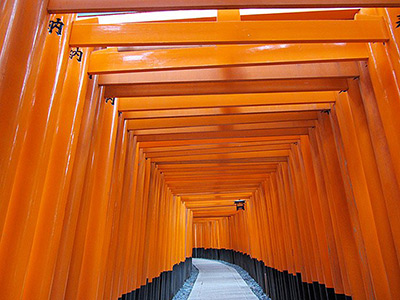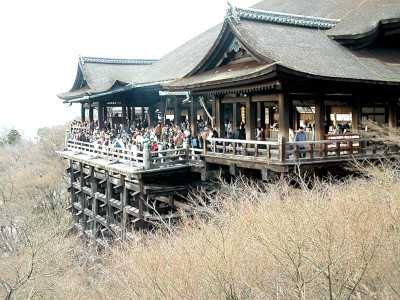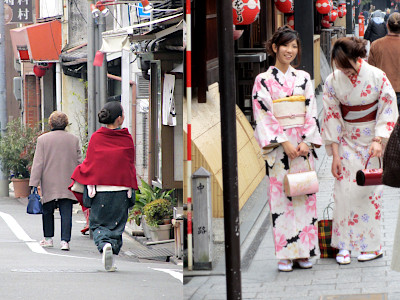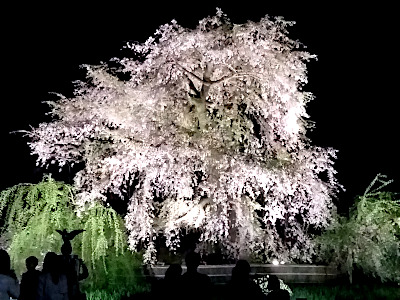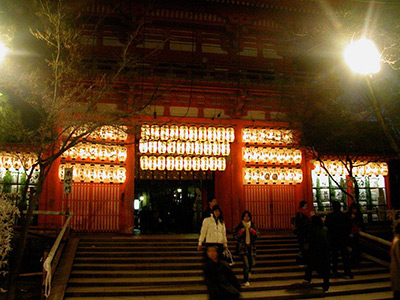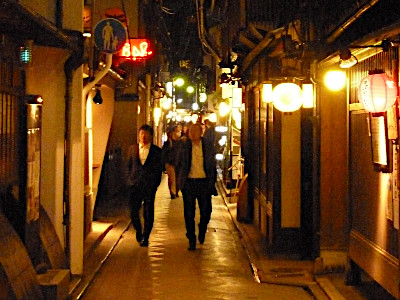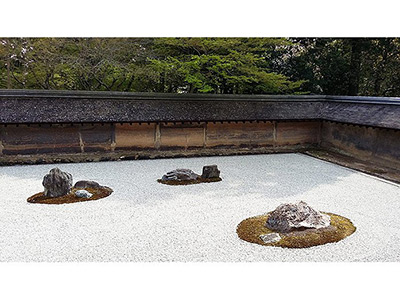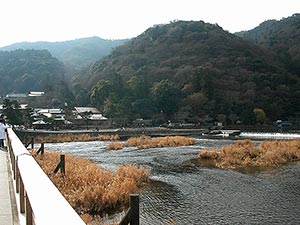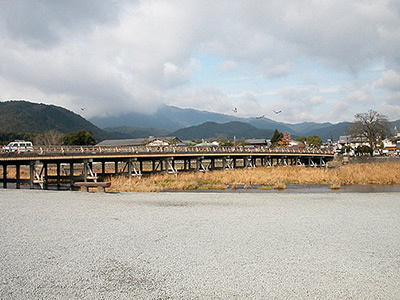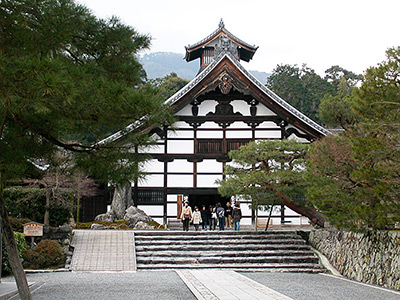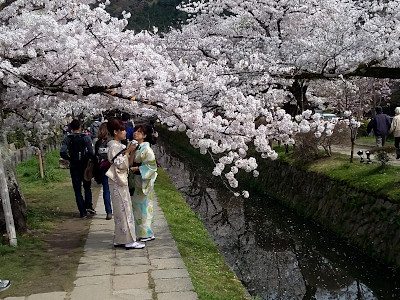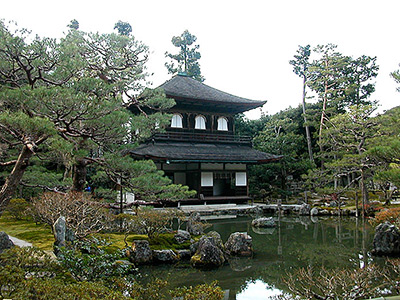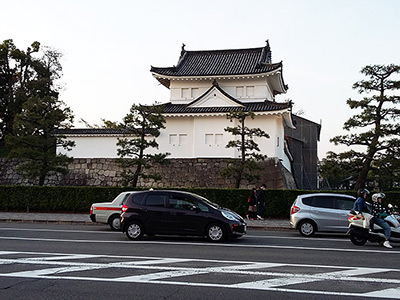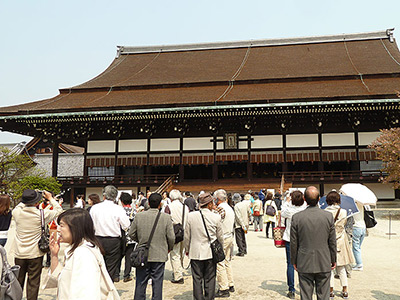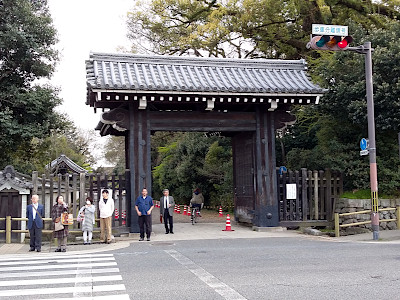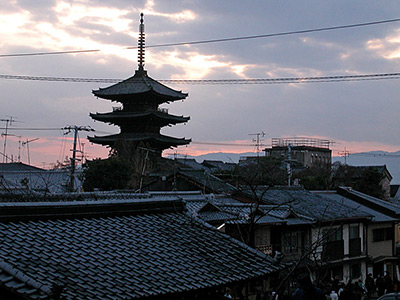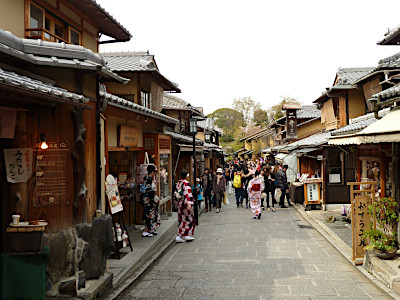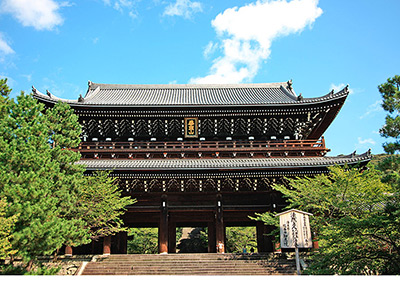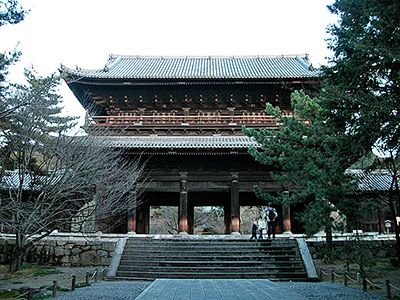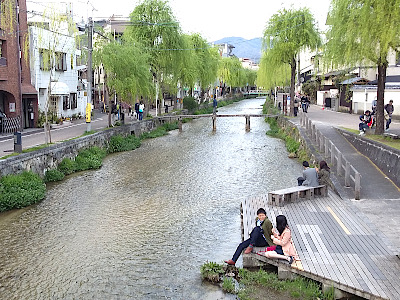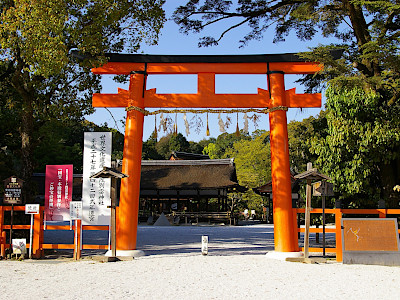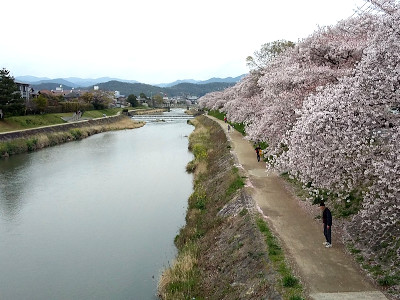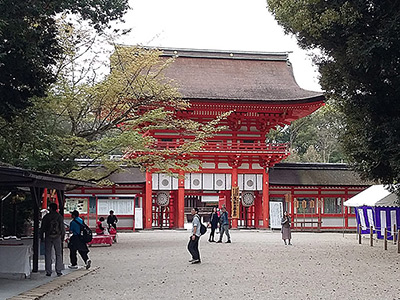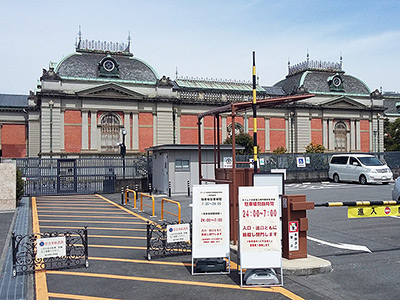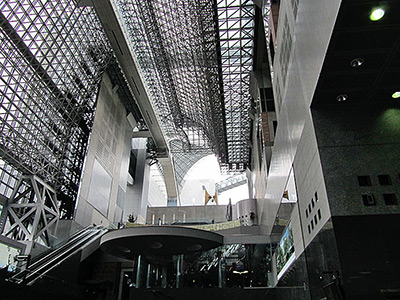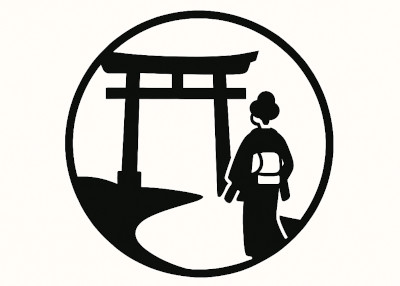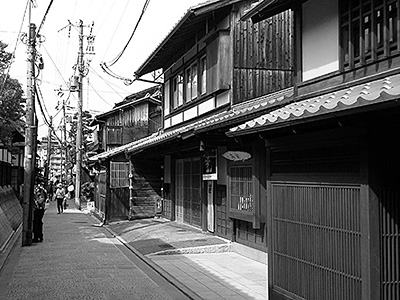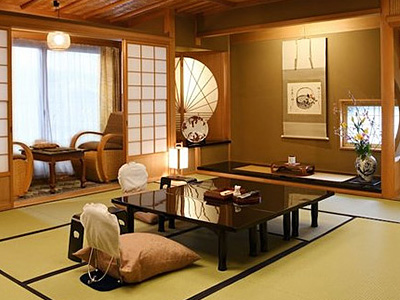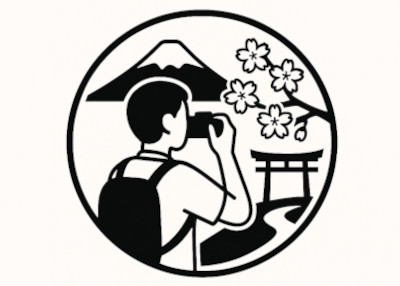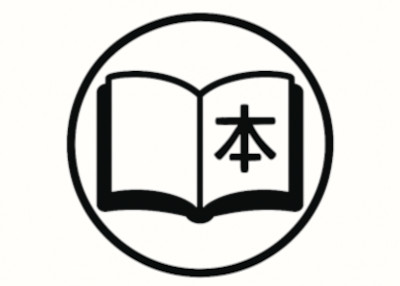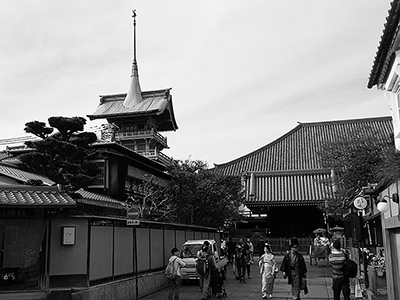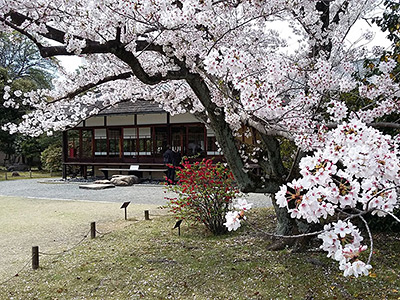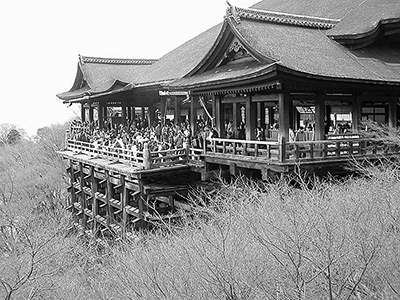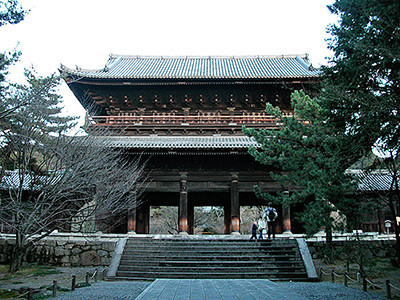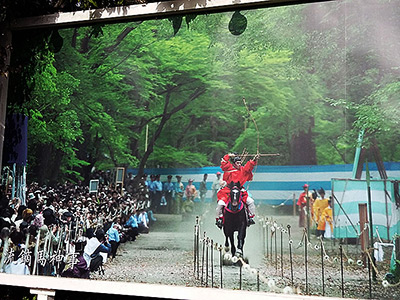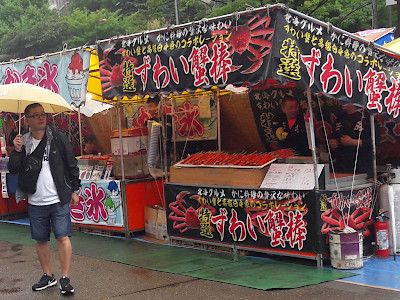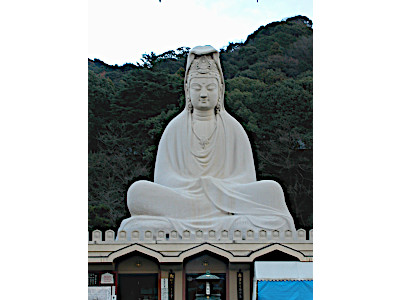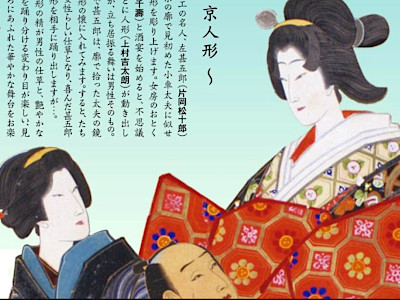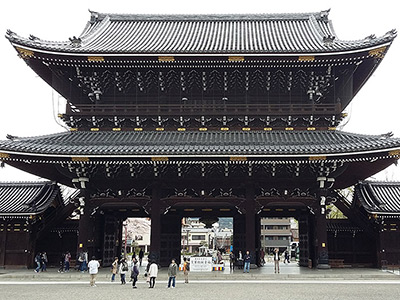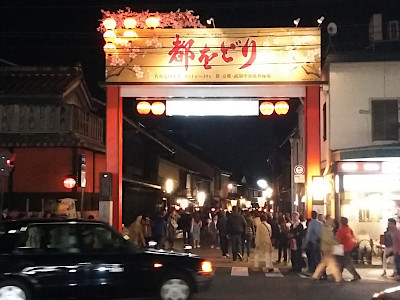Kyoto Itinerary for 5 Days
This post can contain affiliate links, which means that we may receive a small commission if you make a purchase using these links.
Facts & Figures
If you have the chance to spend 5 days in Kyoto you should definitely book three or four nights (via Expedia) in a traditional Japanese Ryokan or Machiya House. It is the perfect way to discover old Japanese culture and traditions. 5 days are not enough to visit approx. 1600 Buddhist temples, more than 400 Shinto shrines, and 17 UNESCO World Heritage Sites. But do not worry my handpicked list of the best places in the city is a good start for a first-time visitor with a timeframe of 5 days. I gave each day a special theme: Eastern Kyoto and Gion District, Northern Kyoto and Arashiyama District, Cultural Exploration and Nishiki Market, Historic Temples, Pagodas and a Canal, and Historic Shrines, River, Museum and Kyoto Station. Enjoy the amazing temples, shrines, gardens, cultural experiences, and scenic beauty of the city at a relaxed pace.
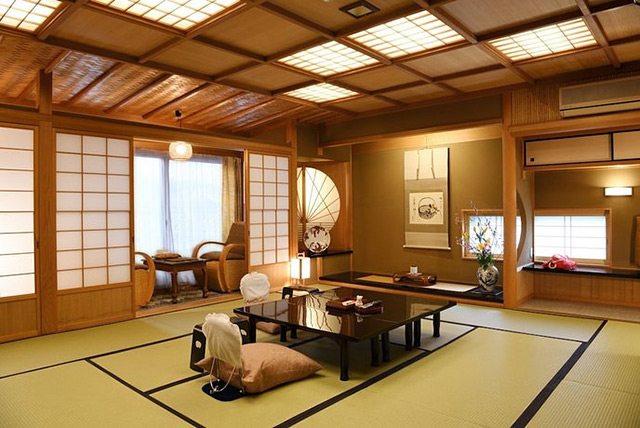 Experience the Ultimate Japanese Hospitality at a Kyoto Ryokan.
Experience the Ultimate Japanese Hospitality at a Kyoto Ryokan.
Find Your Perfect Ryokan Now >
- Overview of the Kyoto Itinerary for 5 Days:
- Day 1 - Eastern Kyoto and Gion District
- 1. Fushimi Inari-Taisha Shrine - morning
- 2. Kiyomizu-dera Temple - morning
- 3. Gion District - visit + lunch
- 4. Maruyama Park - afternoon
- 5. Yasaka Shrine - evening
- 6. Pontocho Alley - evening/dinner
- Day 2 - Northern Kyoto and Arashiyama District
- 1. Kinkaku-ji (Golden Pavilion) - morning
- 2. Ryoan-ji Temple - morning
- 3. Arashiyama District - visit + lunch
- 4. Togetsukyo Bridge - afternoon
- 5. Arashiyama Bamboo Grove - afternoon
- 6. Tenryu-ji Temple - visit + dinner nearby
- Day 3 - Cultural Exploration and Nishiki Market
- 1. Philosopher’s Path - morning
- 2. Ginkaku-ji (Silver Pavilion) - morning
- 3. Nijo Castle - visit + lunch nearby
- 4. Kyoto Imperial Palace (Kyoto Gosho) - afternoon
- 5. Kyoto Gyoen National Garden - afternoon
- 6. Nishiki Market (Kyoto's Kitchen) - evening/dinner
- Day 4 - Historic Temples, Pagodas and a Canal
- 1. Sanjusangen-do - morning
- 2. Yasaka Pagoda - morning
- 3. Higashiyama District - visit + lunch
- 4. Chionin Temple - afternoon
- 5. Nanzen-ji Temple - afternoon
- 6. Shirakawa Canal - visit + dinner
- Day 5 - Historic Shrines, River, Museum and Kyoto Station
- 1. Kamigamo Shrine - morning
- 2. Kamogawa River - morning stroll
- 3. Shimogamo Shrine - visit + lunch nearby
- 4. Kitano Tenmangu Shrine - afternoon
- 5. Kyoto National Museum - afternoon
- 6. Kyoto Station - visit + dinner
Day 1 - 1. Fushimi Inari-Taisha Shrine
Fushimi Inari Taisha (Fushimi Inari Shrine) is one of the most popular Shinto shrines in Kyoto. The shrine is famous for its endless arcades of thousands of vermilion torii gates along the 4km pathway up the sacred mountain Inari (233 meters). The head shrine of Inari represents approx. 40000 Inari shrines throughout Japan.
Address: 68 Fukakusa, Yabunouchi-cho, Fushimi-ku, Kyoto, 612-0882
Read More
2. Kiyomizu-dera Temple
Kiyomizu-dera or "Pure Water Temple" is one of the most famous and popular Buddhist temples in Japan. Kiyomizu-dera was founded in 778. The main hall with its wooden stage hovering 13 meters above ground is a masterpiece of Japanese temple architecture and a tourist hotspot. In 1994 the temple was added to the list of UNESCO World Heritage Sites.
Address: 1-294 Kiyomizu, Higashiyama-ku, Kyoto 605-0862
Read More
3. Gion District
Gion near the Yasaka Shrine is the largest and most popular Geisha district in Kyoto. The historical area with many traditional wooden teahouses and machiya houses stretches from the south side of Shijo Street to the north side of Hanamikoji Street. The number of Geisha in this area is the highest in Kyoto. Walk here in the early evening and enjoy the lantern-lit streets. The most beautiful spots are the Shirakawa Canal and the Hanamikoji Street.
Read More
4. Maruyama Park
The park is one of the most famous cherry blossom spots in Kyoto. Especially the 12m tall and over 80 years old Shidarezakura (weeping cherry tree) is the main photo attraction during the cherry blossom season. I came here at night when the tree was illuminated. It was an unforgettable experience.
Address: 473 Maruyama-cho, Higashiyama-ku, Kyoto, 605-0071
Read More
5. Yasaka Shrine
The origin of the Yasaka Shrine is dating back to the year 656. Yasaka-jinja became the headquarters of over 2000 sub-shrines all over Japan with the same name and Susanoo-no-Mikoto shrines. Every evening hundreds of lanterns (sponsored by local businesses) get lit and create a unique atmosphere. Most of the existing buildings at the shrine complex are from a reconstruction project in 1654 under the order of shogun Tokugawa Ietsuna (1641 - 1680).
Address: 625 Gion-machi Kitagawa, Higashiyama-ku, Kyoto, 605-0073
Read More
6. Pontocho Alley
The Pontocho Alley is one of my favorite streets in the city. It is located within the popular Kawaramachi shopping district in the heart of Kyoto along the Kamogawa River. The Edo-time atmosphere along this narrow alley is just outstandingly beautiful with many old traditional wooden buildings, tea houses, shops, bars, and amazing restaurants.
Read More
Day 2 - 1. Kinkaku-ji Temple (Golden Pavilion)
Kinkaku-ji, officially named Rokuonji Temple, is a three-story building with a height of 12.5 meters. The two upper stories are completely covered in gold leaf. It is one of the most popular buildings in Japan and a perfect example of the construction style during the Muromachi period (1337 - 1573). A special photo highlight is capturing the reflection of the golden building in the pond's water.
Address: 1 Kinkakujicho, Kita Ward, Kyoto, 603-8361
Read More
2. Ryoan-ji Zen Temple
Ryoan-ji (Peaceful Dragon Temple) in Kyoto belongs to the most famous Zen Temples in Japan. The reason for this status is its rock garden with 15 stones called Sekitei. In 1450 Hosokawa Katsumoto, a feudal lord, established the temple. The large Kyoyochi Pond at the temple grounds is also part of my best cherry blossom spots in Kyoto list.
Address: 13 Ryoanji Goryonoshitacho, Ukyo-ku, Kyoto, 616-8001
Read More
3. Arashiyama District
Arashiyama ("Storm Mountain") is a very popular district for locals and tourists especially during cherry blossom season (sakura) and autumn. The district on the western outskirts of Kyoto is a nationally designated Historic Site. After your arrival, you will see the famous landmark the Togetsukyo Bridge ("Moon Crossing Bridge"). The whole district is full of interesting sightseeing spots.
Address: Arashiyama Higashiichikawacho, Nishikyo-ku, Kyoto, 616-0002
Read More
4. Togetsukyo Bridge
Togetsukyo Bridge (literally "moon crossing bridge"), which spans the Katsura River, is one of the highlights and iconic landmarks within the beautiful Arashiyama district in Kyoto. When crossing the 155-meter long bridge enjoy the stunning scenery, especially during the cherry blossom season in spring and the autumn leaves season.
Address: 1-5 Sagatenryuji Susukinobabacho, Ukyo-ku, Kyoto, 616-8384
Read More
5. Arashiyama Bamboo Grove
The tall thick green moso bamboo stalks (5 to 10 m high) create a unique and mystic atmosphere. Narrow paths lead through this fairy-tale bamboo forest and offer the perfect picture opportunity on every corner. The early morning is the best time to come here.
Address: 6 Sagakamenoocho, Ukyo-ku, Kyoto, 616-8386
Read More
6. Tenryu-ji Temple
Tenryu-ji Temple has the status of a UNESCO World Heritage Site since 1994. It is the head temple of the Rinzai Zen Buddhism School. The outstanding feature of the temple complex is the Sogenchi Garden (Sogenchi Teien). It received the status of a Site of Special Historic and Scenic Importance by the Japanese government..
Address: 68 Susukinobaba-cho, Saga Tenryu-ji, Ukyo-ku, Kyoto, 616-8385
Read More
Day 3 - 1. Philosopher’s Path
The approx. 2km long pedestrian stone path along the scenic canal, especially during cherry blossom season (late March or early April), is a must-see for every Kyoto visitor. You can take lovely pictures of the overhanging sakura or autumn leaves reflecting in the water below.
Address: Start at Ginkaku-ji - 2 Ginakuji-cho, Sakyo-ku, Kyoto, 606-8402
Read More
2. Ginkaku-ji Temple (Silver Pavilion)
Ginkaku-ji or its official name Jisho-ji (Temple of Shining Mercy) was built in 1460 as the retirement villa for shogun and art lover Ashikaga Yoshimasa (1436 - 1490). The architectural highlight is the two-story Kannon Hall (Ginkaku, Silver Pavilion). In the beginning, it was planned to cover the exterior of the hall in silver foil, but this plan was never realized. The last extensive restoration of the temple started in 2008 and was completed in 2010.
Address: 2 Ginakuji-cho, Sakyo-ku, Kyoto, 606-8402
Read More
3. Nijo Castle
Nijo Castle, a UNESCO World Heritage Site in Kyoto, was the former residence of Tokugawa Ieyasu (1543 - 1616), founder and first shogun of the Tokugawa shogunate. It is the oldest existing palace building in the country. During the Nijo-jo Castle Sakura Festival (Cherry Blossom Festival) from the end of March till mid-April there are hundreds of blossoming cherry trees illuminated at night. It is a must-see event for every Kyoto visitor.
Address: 541 Nijo-jo-cho, Horikawa-nishi-iru, Nijo-dori, Nakagyo-ku, Kyoto, 604-8301
Read More
4. Kyoto Imperial Palace (Kyoto Gosho)
Kyoto Imperial Palace (Kyoto Gosho) has a history of over one thousand years. It is located within the beautiful Kyoto Gyoen National Garden (size: 1300m x 700m) and near Sento Imperial Palace. Kyoto Gosho was the home of the Emperor of Japan and his family until the capital was moved to Tokyo in 1869 (Meiji Restoration).
Address: Kyoto Gyoen 3, Kamigyo-ku, Kyoto, 602-0881
Read More
5. Kyoto Gyoen National Garden
Kyoto Gyoen National Garden or Kyoto Imperial Palace Park is a beautiful and spacious place in the centre of Kyoto. The park with over 50000 trees has a rectangular form with a length of 1,3km (north to south) and a width of 700m (east to west). It is a popular place for locals and tourists alike, especially during the cherry blossom season in spring. The park includes also the Kyoto Imperial Palace, Sento Imperial Palace, the outer nine gates, and former houses of court nobles.
Address: Kyoto Gyoen 3, Kamigyo-ku, Kyoto, 602-0881
Read More
6. Nishiki Market (Kyoto's Kitchen)
The Nishiki Market is also called Kyoto's Kitchen. More than 100 small shops sell a huge variety of street food and kitchen items. The narrow shopping street is only five blocks long, but it's full of Japanese pickles (Tsukemono), sweets, ramen, sushi, yakitori, mochi, and much more. The market has a history of over 400 years and was founded in 1615. Come here and let your taste bubbles explode :)
Address: Nakagyo-ku, Kyoto, 604-8055
Day 4 - 1. Sanjusangen-do
The official name of Sanjusangen-do in Kyoto is Rengeo-in Temple (Hall of the Lotus King). The Japanese government registered Rengeo-in as a National Treasure. The 120-meter-long main temple hall is called Sanjusangen-do, which means a hall with thirty-three spaces between columns. It is the longest wooden building in Japan. The architectural style of the main hall is known as Wayo. The absolute highlight is the 1001 statues of Kannon (Juichimen-senjusengen Kanzeon), the Buddhist Goddess of compassion, inside the hall.
Address: 657 Sanjusangendoma wari-cho, Higashiyama-ku, Kyoto, 605-0941
Read More
2. Yasaka Pagoda (Hokanji Temple)
Yasaka Pagoda (Yasaka-no-to) is with a height of 46m the most prominent landmark sign and symbol of the Higashiyama District in Kyoto. The five-story pagoda with the temple treasure (Yasakato-ezu), a designated Important Cultural Property, belongs to the last remaining parts of the Hokanji Temple. The existing structure was rebuilt in 1440 by the 6th Shogun of the Muromachi government Yoshinori Ashikaga (1394 - 1441).
Address: 388 Yasakakamimachi, Kiyomizu Higashiyama-ku, Kyoto, 605-0862
Read More
3. Higashiyama District
The well-preserved Higashiyama District in the eastern part of Kyoto's city center is full of amazing sightseeing spots. There are two popular and crowded shopping streets called Ninenzaka and Sannenzaka. Enjoy the traditional tea houses, wooden storefronts, and restaurants. Come here to absorb the atmosphere of the old days and have a delicious lunch.
Read More
4. Chion-in Temple
The Chion-in Temple (Monastery of Gratitude) in Kyoto is the head temple of the Pure Land Sect of Japanese Buddhism also called Jodo-shu. The sect has millions of followers. Their goal is to be reborn in the Western Paradise of Amitabha, also known as Jodo (Pure Land). Chion-in is one of the most sacred and most popular temples in Japan. Everything here is just on a grander scale. The temple grounds cover an area of 14.5 hectares.
Address: 400 Rinka-cho, Higashiyama-ku, Kyoto, 605-8686
Read More
5. Nanzen-ji Temple
Nanzenji, formerly known as Zenrinji, is a large Zen Buddhist temple complex in Kyoto. It is also one of the head temples within the Rinzai sect (one of three major Zen Buddhist sects in Japan). Nanzenji is the superior temple to the Five Great Zen Temples of Kyoto (Kyoto Gozan), which are Tenryu-ji, Shokoku-ji, Kennin-ji, Tofuku-ji, and Manju-ji. The area is a nationally designated Historic Site.
Address: 86 Fukuchi-cho, Nanzen-ji, Sakyo-ku Kyoto, 606-8435
Read More
6. Shirakawa Canal
The Shirakawa Canal in Kyoto is the perfect place for a romantic walk along weeping cherry trees, willow trees, old machiya and tea houses, cobblestone roads, nice restaurants, and shops. The best time to come here is during the cherry blossom season. You will see there newlywed couples, geisha, maiko (young apprentice geisha), and of course many tourists.
Address: Hanamikoji Shimbashi Nishi, Higashiyama-ku, Kyoto, 605-0083
Read More
Day 5 - 1. Kamigamo Shrine
Kamigamo Shrine, also known as Kamigamo-jinja or Kamowakeikazuchi-jinja, belongs to the seventeen Historic Monuments of Ancient Kyoto, and these are part of the UNESCO World Heritage Site list. Kamigamo-jinja is one of the oldest Shinto shrines in the city with a history of over 1300 years. The shrine grounds cover an area of approx. 760000 square meters. You will find here 41 Important Cultural Properties and two National Treasures.
Address: 339 Kamigamo Motoyama, Kita Ward, Kyoto, 603-8047
Read More
2. Kamogawa River
3. Shimogamo Shrine
Shimogamo Shrine, also called Kamomioya-jinja, is a UNESCO World Heritage Site and one of the oldest and most important Shinto Shrines in Japan. The shrine dates back to the 6th century. The East Main Hall (Higashi Honden) and West Main Hall (Nishi Honden) of the shrine are designated National Treasures and 53 shrine buildings are considered to be important cultural properties.
Address: 59 Shimogamo Izumigawa-cho, Sakyo-ku, Kyoto, 606-0807
Read More
4. Kitano Tenmangu Shrine
The beautiful Shinto shrine Kitano Tenmangu in the northwest of Kyoto is dedicated to the politician, poet, and scholar Sugawara no Michizane (845 - 903). All over Japan, there are approx. 12000 shrines to honor Sugawara no Michizane, but Kitano Tenmangu is the main shrine. What makes this place especially beautiful in spring are the over 2000 plum (ume) trees, which bloom from February till March.
Address: Bakuro-cho, Kamigyo-ku, Kyoto, 602-8386
Read More
5. Kyoto National Museum
The Kyoto National Museum belongs to the top 4 national museums in Japan. The other 3 are the Nara National Museum, the Tokyo National Museum, and the Kyushu National Museum. The museum, one of the oldest in Japan, houses over 12000 art objects with a focus on pre-modern Japanese and Asian works.
Address: 527 Chaya-cho, Higashiyama-ku, Kyoto, 605-0931
Read More
6. Kyoto Station
Kyoto Station is a giant futuristic steel glass structure (height: 70m, length: 470m) and a huge transportation hub in Kyoto, a former capital of Japan (794 - 1868). The building is after Nagoya Station the second largest in Japan. The modern architecture stands in sharp contrast to what a tourist is expecting of this ancient city. The dining possibilities on the top floor are amazing.
Address: 8-3 Higashi-Shiokoji Takakuracho, Kyoto, 600-8214
Read More

